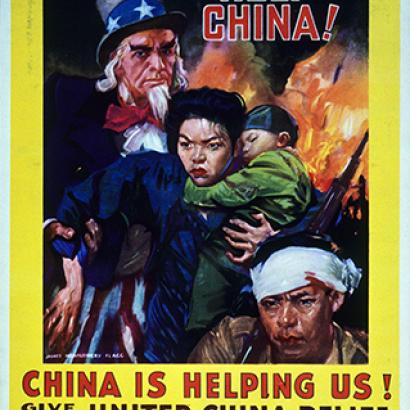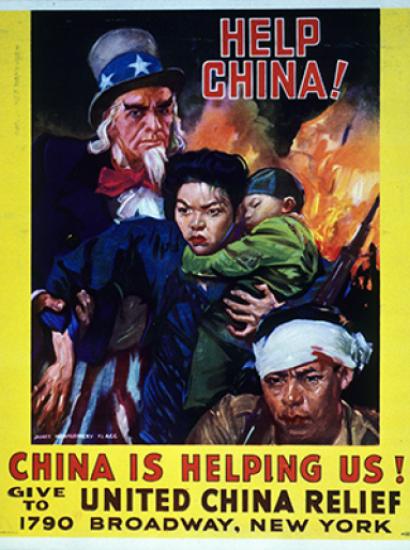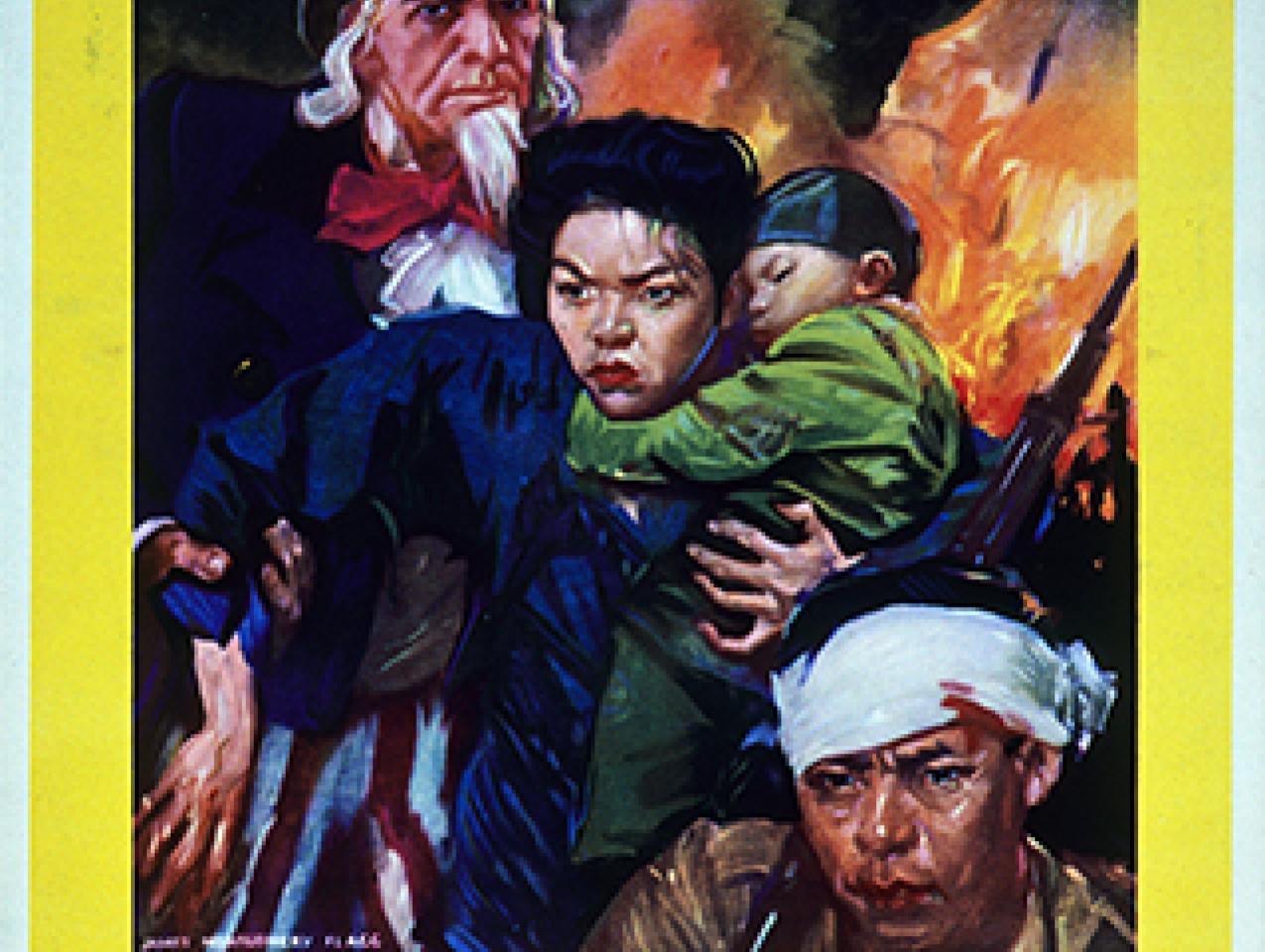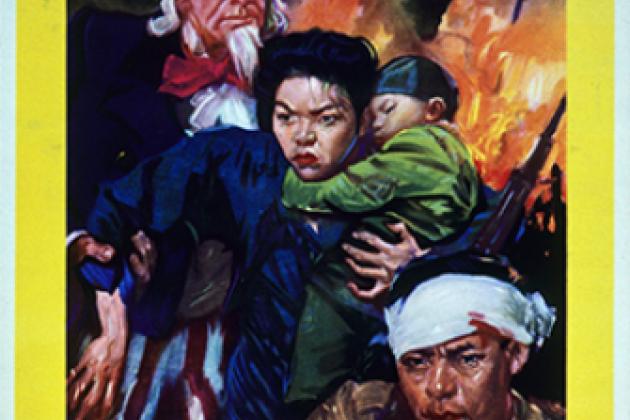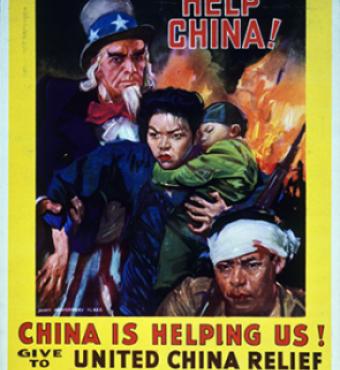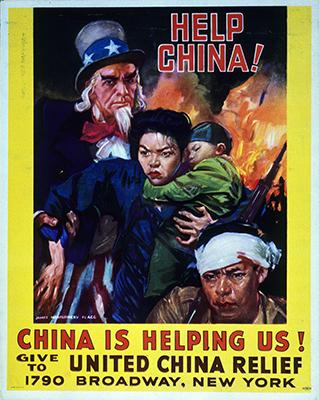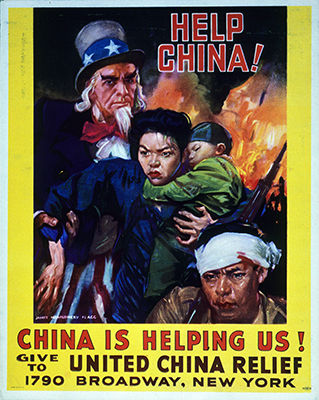
“I think we’re going to be strategic partners,” said President Donald Trump on June 29 at his Osaka G-20 press conference, in response to a question from Olivia Qi Zhang, a reporter for Caixin, the Chinese news organization. “I think we can help each other. I think, in the end, we can—if the right deal is structured, we can be great for each other.”
In Osaka, Trump laid out the case for optimism about ties between China and the United States. And why should he not be hopeful? He had just made two important concessions to Beijing. First, the president did not, as he had threatened, exercise his authority under Section 301 of the Trade Act of 1974 and impose additional tariffs on $325 billion of Chinese goods. Second, he promised to allow sales of American products to Huawei Technologies despite its inclusion on the Commerce Department’s Entity List.
Huawei’s addition to the list, effective May 16, was close to a “death sentence” for the world’s largest manufacturer of telecommunications equipment. As a result of Commerce’s action, no American company, without prior approval from the Bureau of Industry and Security, may sell or license to Huawei products and technology covered by the U.S. Export Administration Regulations.
Due to Trump’s favors to Beijing, almost all analysts expect some sort of trade deal with China. Yet agreement is by no means assured. After all, both sides at the end of April were close to inking a comprehensive pact—Beijing and Washington were “95 percent there” according to the president—but in the beginning of May, Chinese trade negotiators withdrew commitments across the board, angering Trump and leading him to impose Section 301 tariffs on $200 billion of Chinese goods.
In reality, a trade deal will be difficult to reach, especially because Chinese ruler Xi Jinping is pushing China back to a state-dominated economic model, while Washington demands a more open one, the architecture Beijing promised when it acceded to the World Trade Organization in December 2001. Xi, however, apparently believes he will not be able to realize his outsized ambitions unless he can shut off China while, at the same time, obtaining access to other markets. Beijing and Washington are promoting two irreconcilable visions of that country’s future.
If this were not bad enough, Xi has, for reasons relating to Communist Party politics, raised the stakes by elevating commercial disputes into questions of national sovereignty. China’s response to Trump’s tariffs has been to impose tariffs of its own on U.S. goods and go on a rhetorical bender. In May, state media issued a stream of belligerent, hostile, and war-like statements. For instance, the authoritative People’s Daily carried a May 13 piece by a sister publication that declared a “people’s war” on the United States. The official Xinhua News Agency on May 25 ran a commentary stating that China’s economic system is a “core interest” that the United States is attacking. In Communist Party lingo, a “core interest” is nonnegotiable and can be defended with force.
The official media blast makes it almost appear that Xi Jinping does not want a trade deal. Yet whether there ultimately is one or not, American companies are beginning to move factories from China. For one thing, Xi is squeezing foreign businesses out with discriminatory policies favoring state enterprises.
Second, escalating trade friction is convincing the business community that disagreements will continue for a long time. As Joseph Foudy of New York University Stern Business School told CNN, it is not the additional tariffs that are motivating companies to exit China. “It’s the uncertainty that drives you to look abroad because you can’t put a price on that,” he said.
Despite what Chinese officials call “decoupling,” there will still be a high volume of trade between the two countries. Many, therefore, think economic ties will continue to stabilize relations. Trade and investment have often been called the “ballast” of Sino-U.S. ties.
Perhaps they will no longer be. “Does trade increase or decrease the likelihood of conflict?” Samuel Huntington, the great Harvard political scientist, asked in his landmark work, The Clash of Civilizations and the Remaking of World Order. “The assumption that it reduces the probability of war between nations is, at a minimum, not proven, and much evidence exists to the contrary.”
As many have now pointed out, high levels of trade in the first years of the last century did not prevent the First World War. As Huntington, building on the work of others, pointed out, what is important is expectation. “Economic interdependence fosters peace,” he wrote, “only ‘when states expect that high trade levels will continue into the foreseeable future.’” If, however, trade partners “do not expect high levels of interdependence to continue, war is likely to result.”
Of course, war does not inevitably result when countries believe they will delink their economies. Yet the threshold for the use of force will drop when Americans believe China poses an existential threat.
Beijing, unfortunately, continually provides evidence that it is America’s enemy. In April of last year, for instance, the Chinese military, from its base in Djibouti, lasered a C-130 Hercules cargo plane, causing eye injuries to two military pilots. American planes are continually lasered in the East China Sea by Chinese forces. Furthermore, last year sonic waves caused brain injuries to American diplomats at the Guangzhou consulate. Because the Communist Party runs a surveillance state, Chinese officials either were the perpetrators of this crime or complicit in it. Soon, Americans will ask why they should trade with a state that uses the proceeds of commerce to harm their service personnel and diplomats. Beijing is leaving its most important trading partner no choice.
So what will be the result of the U.S.-China trade war? Commerce and investment between the U.S. and China will decline, friction between the two countries will soar, and people will reread The Clash of Civilizations.
Gordon G. Chang is the author of The Coming Collapse of China. Follow him on Twitter @GordonGChang.







